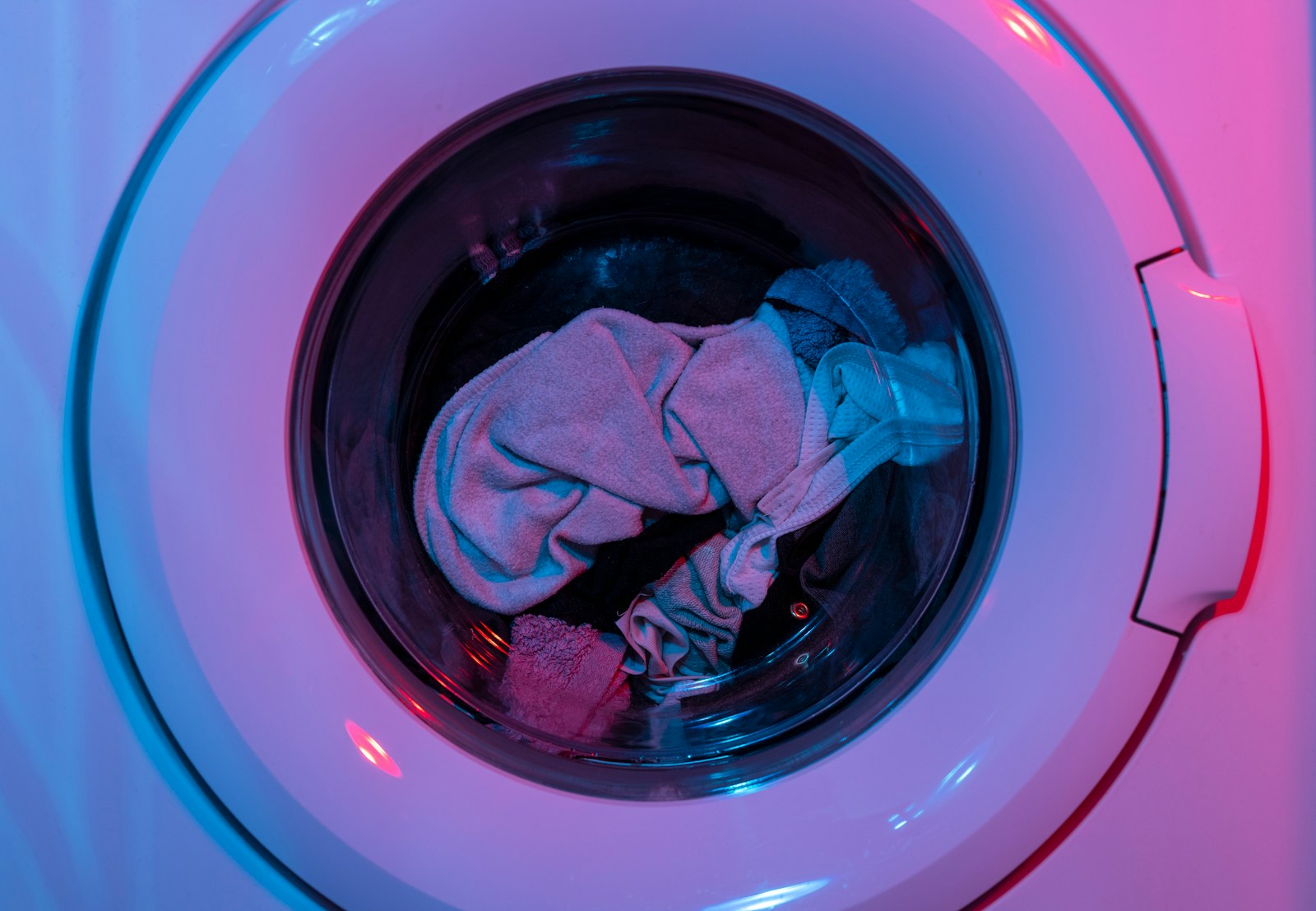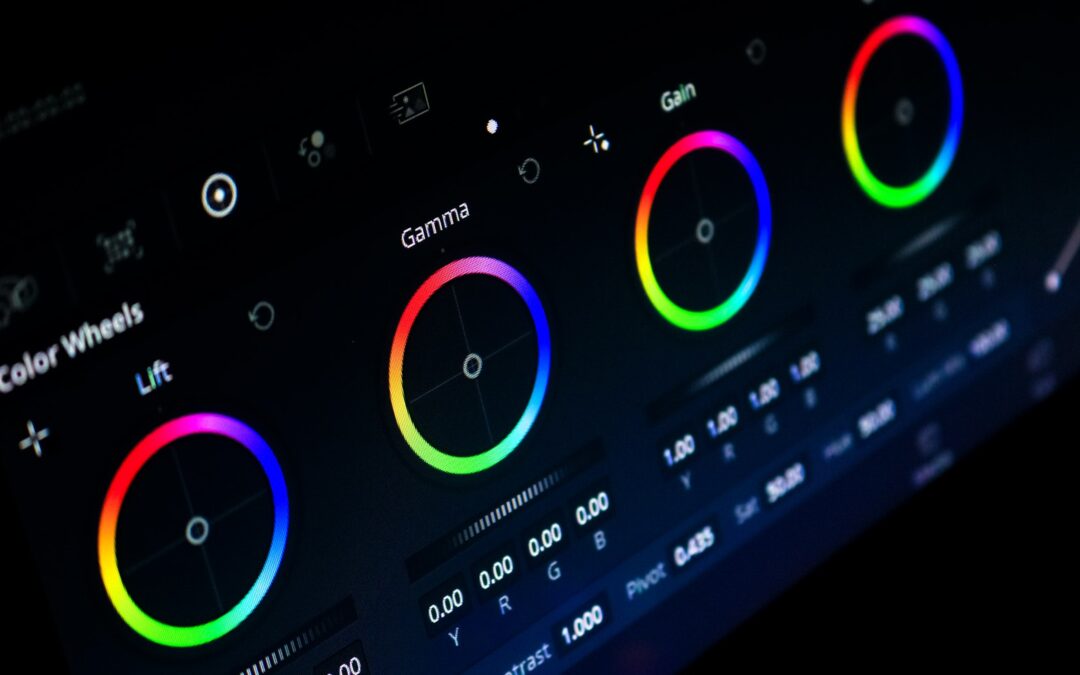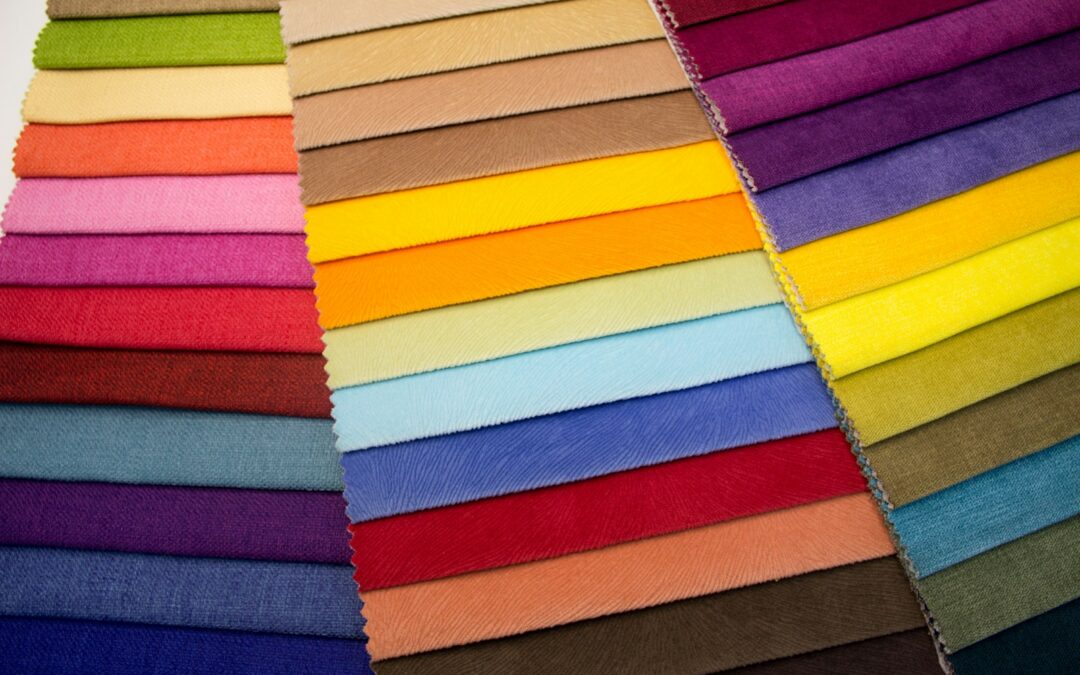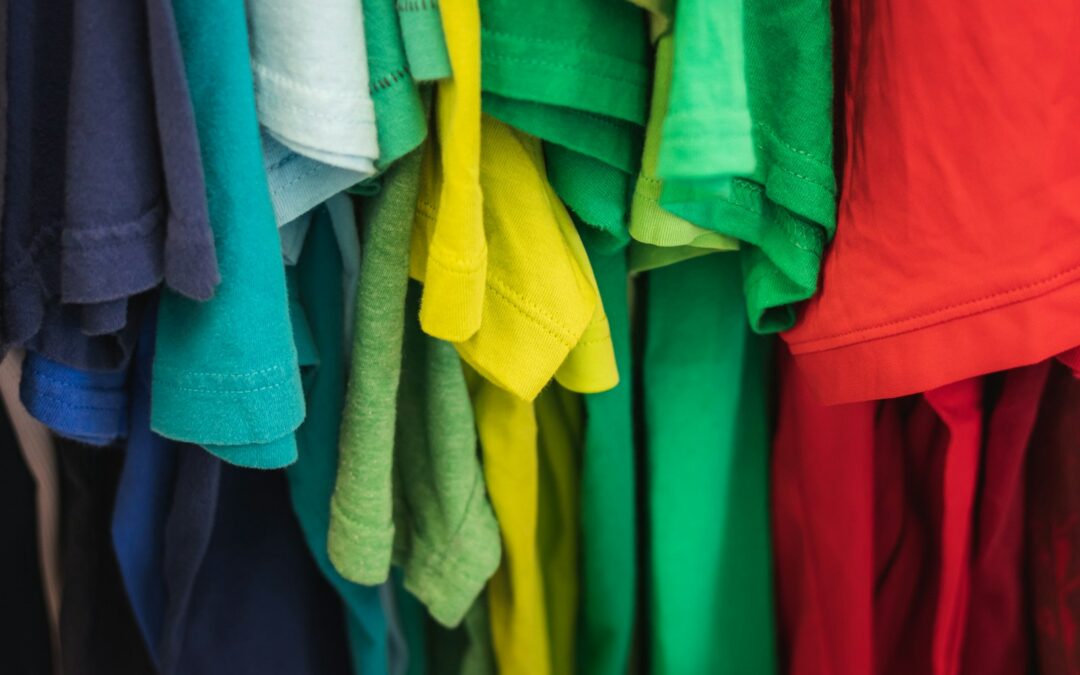You’ve just pressed a stunning, full-color design using one of our custom DTF transfers. The colors are vibrant, the lines are crisp, and the feel is incredibly soft. Now, how do you keep it looking that good for years to come? Proper care is the key to protecting your investment and ensuring your custom apparel stays fresh, wash after wash.
While our award-winning quality gives you a significant head start, a little know-how in the laundry room goes a long way. Following the right care steps helps maintain those vibrant colors, that signature soft-hand feel, and all the fine details you worked so hard to create. Let’s walk through how to protect the quality of your prints long-term.
What Makes DTF Transfers Durable in the First Place?
To understand why our DTF transfers are so resilient, it helps to know a bit about the direct-to-film printing process. We print your full-color designs onto a transparent film using specially formulated DTF inks. A powdered adhesive is applied and then cured, creating a ready-to-press transfer. When you apply heat, this transfer bonds directly and permanently to the fabric.
This process is different from traditional methods like screen printing, where ink sits on top of the garment. Our heat-setting process fuses the design into the fibers, which is why our prints resist cracking, peeling, and dye migration when cared for properly. The result is a durable, flexible finish that moves with the fabric.
Pre-Wash: Setting Your Custom Apparel Up for Success
Before your newly decorated garment even sees the washing machine, a few simple steps can lock in its longevity. The magic of custom DTF transfers happens during the heat press process, but allowing the transfer to fully cure and set is just as important.
After your initial press, we always recommend a second press for about 5-10 seconds. Place a protective sheet, like parchment paper, over the design and press again. This extra step helps ensure the adhesive has fully bonded with the fabric, improving washability and durability. Once pressed, it’s best to wait at least 24-48 hours before the first wash. This gives the inks and adhesive ample time to cure, which helps maintain the design’s brightness and fine details.

Photo by Pavol Tančibok on Unsplash
Step-by-Step: How to Wash DTF Transfers the Right Way
When it’s time to wash, you don’t need a complicated routine. Whether you’re working with individual designs or transfers from our DTF gang sheets, these simple steps will protect your prints on t-shirts, hoodies, and more.
- Turn Garments Inside Out: This is the single most effective step you can take. It minimizes friction and direct contact between the print and other items in the wash.
- Use Cold or Warm Water: Always opt for a cold or warm wash cycle. Hot water can soften the transfer adhesive and cause the ink to fade over time.
- Choose a Mild Detergent: Stick to gentle detergents. Avoid products with harsh chemicals, bleach, or bleach alternatives, as they can degrade the print.
- Skip the Fabric Softener: Fabric softeners and dryer sheets contain chemicals that can break down the transfer’s adhesive, leading to cracking or peeling.
- Wash with Similar Fabrics: Tossing a t-shirt in with heavy items like jeans or towels can cause excessive rubbing and abrasion. Group your custom apparel with similar textures and weights.
- Select a Gentle Cycle: A delicate or gentle wash cycle is always the safest bet to reduce stress on the print.
These rules apply to most materials, including cotton, polyester blends, and other common fabrics, ensuring your designs remain brilliant.
Drying Do’s and Don’ts for Long-Lasting Print Quality
How you dry your custom apparel is just as crucial as how you wash it. The goal is to preserve the fine details and elasticity of your design.
The best method is to hang dry or lay the garment flat. Air drying is the gentlest option and completely eliminates the risk of heat damage, preserving small text and intricate design elements perfectly.
If you must use a machine, follow these rules:
- Use Low Heat: Tumble dry on the lowest heat setting available.
- Avoid High-Heat Cycles: High heat is the enemy of DTF transfers. It can damage the film, melt the adhesive, and cause the ink to lose its vibrancy.
- Remove Promptly: Don’t let the garment sit in a hot dryer.
Our DTF transfers are designed to stay flexible, and correct drying ensures they remain soft and pliable for the life of the garment.
How to Iron, Steam, and Care for DTF Transfers After Washing
Wrinkles happen, but you need to be careful when applying heat to a finished garment. Our DTF heat transfers are made for everyday wear, but direct heat from an iron can ruin the design.
If you need to iron the apparel, always turn it inside out first. Use a low to medium heat setting and never iron directly on the transfer area. For extra safety, you can place a piece of parchment paper or a thin pressing cloth between the iron and the fabric. Never use the steam function directly on a print, as the combination of moisture and high heat can damage the transfer.
Spot Cleaning Tips for Stains or High-Use Apparel
For small stains, you can often avoid a full wash. Spot cleaning is an effective way to protect your DTF printing investment, especially on high-use items.
Gently dab the stained area with a soft, damp cloth and a small amount of mild detergent. Work from the outside of the stain inward to prevent it from spreading. Avoid using bleach, abrasive scrubbers, or harsh pre-treatment sprays directly on the design, as these can strip color and damage the print’s surface.
Common Mistakes That Damage DTF Transfers (and How to Avoid Them)
Most damage to a film transfer is easily preventable. Here are the most common mistakes we see and how to avoid them:
- High Dryer Heat: This can melt the adhesive and cause the design to warp or peel. Always use low heat or air dry.
- Washing Too Soon: Washing before the transfer has fully cured (24-48 hours) can weaken its bond. Be patient and wait.
- Using Fabric Softener: Softeners contain chemicals that break down the ink and adhesive. Skip them entirely.
- Scrubbing Prints Directly: Abrasive cleaning can scratch and fade the design. Turn inside out and be gentle.
- Washing with Hot Water: Hot water can compromise the transfer’s adhesion. Stick to cold or warm water.
How Long Do DTF Transfers Last? Understanding Durability Over Time
When applied and cared for correctly, our DTF transfers ready for application can last for the life of the garment. The lifespan often exceeds that of the apparel itself, typically enduring 50-100 washes without significant degradation.
Compared to other methods, DTF offers a superior balance of durability and feel. It’s generally more durable than heat transfer vinyl (HTV), which can crack over time, and offers a softer feel than many screen printing inks. The key factors influencing longevity are your application technique, washing habits, and the quality of the garment itself.
Best Practices When Ordering Custom Gang Sheets for Long-Lasting Results
A durable print starts with a great design file. When you order a custom gang sheet, providing print-ready artwork with high-resolution files (300 DPI is ideal) ensures your final transfer is crisp and clear. Use a transparent background and make sure your edges are clean.
Our online gang sheet builder helps prevent common errors, but starting with a quality image is crucial for a long-lasting result. We don’t have setup fees or minimum quantity requirements, making it easy to test designs. For bulk orders, our wholesale prices ensure you get top-tier quality at a great value.
Caring for Different Materials: Cotton, Polyester, Nylon & More
Our transfers work on a huge variety of materials, but care can vary slightly. Here are a few tips for different types of custom apparel:
- Cotton: Very durable and easy to care for. Follow the standard wash/dry rules.
- Polyester: Be mindful of dye migration. Wash in cold water to prevent the garment’s dye from bleeding into the transfer.
- Blends (50/50, Tri-Blends): Treat these like your most delicate fabric in the blend—usually, that means cold water and low heat.
- Canvas, Denim: These sturdy fabrics hold up well, but their rough texture can be abrasive to other items. Wash them separately or with other heavy-duty items.
- Nylon & Leather: These often require special care. Hand washing or spot cleaning is typically the safest option. Always check the garment’s care label first.
Troubleshooting: What to Do If a Print Starts to Lift or Fade
If you notice a print starting to lift, fade, or crack, don’t panic. Most issues are correctable. Before placing your next DTF order, review these common culprits:
- Lifting Edges: This almost always points to an application issue. Check your heat press temperature, pressure, and time. A quick second press with a protective sheet can often re-adhere lifting areas.
- Fading Colors: This is typically caused by washing with hot water, using harsh detergents, or excessive heat in the dryer. Adjust your wash habits to use cold water and mild soap.
- Cracking: This can be a sign of fabric softener use or stretching the garment before the transfer has fully cured.
Reassure yourself that these issues usually stem from the application or washing process, not the quality of the transfer itself. If you continue to have trouble, our team is always here to help.
FAQ: Your Most Common Questions About Maintaining DTF Transfers
We get a lot of questions about direct to film care. Here are some of the most common ones:
- How soon can I wash my shirt after pressing? Wait at least 24 hours, but 48 hours is even better.
- Should I use a heat press or an iron for application? A heat press is strongly recommended for even temperature and pressure, which ensures a durable bond.
- What settings should I use for cotton or polyester? This depends on the specific fabric, but we provide recommended pressing instructions with every order.
- What if my transfer feels tacky after pressing? This can mean the temperature was too high or it was pressed for too long. A second press with a protective sheet can sometimes help.
- Can I wash DTF shirts with towels or jeans? It’s not recommended. The heavy, abrasive fabrics can damage the print.
- Should I pre-wash the shirt? Yes, pre-washing new garments removes any chemicals or sizing from the manufacturing process that could interfere with adhesion.
- What should I do if the colors fade? Revisit your wash routine. Switch to cold water, a mild detergent, and avoid high-heat drying.
Have more questions? Don’t hesitate to contact us!

Photo by @felkhadri on Unsplash
Final Thoughts: Keep Your Custom DTF Looking Fresh for Years
Keeping your apparel looking sharp doesn’t take much, but a little care makes a huge difference. When you follow the right steps, your designs stay soft, vibrant, and reliable for years. Pair that with our great quality transfer sheets, and your finished pieces keep their vivid colors and professional results wash after wash.
At Limitless Transfers, we keep the process simple. Every DTF sheet and transfer we produce is made with high-quality water based inks and a precise printing technique that gives you clean lines and crisp small details. Our fast turnaround, fast shipping, and dependable delivery service make it easy to get what you need in a timely manner—no stress, no delays.
Whether you’re a small business growing your brand or a busy creator juggling custom orders, we’re here to support you. Our ordering process is straightforward, our art fees are transparent, and our quick turnaround times help you stay ahead on every job. From hot peel transfers to full-color direct to film transfers, everything we make is designed for reliable, long-lasting quality.
Whenever you’re ready, upload your next custom gang sheet or place your transfer order. We’ll handle the rest and make sure you get the kind of fast service and quality prints that keep your customers coming back.




